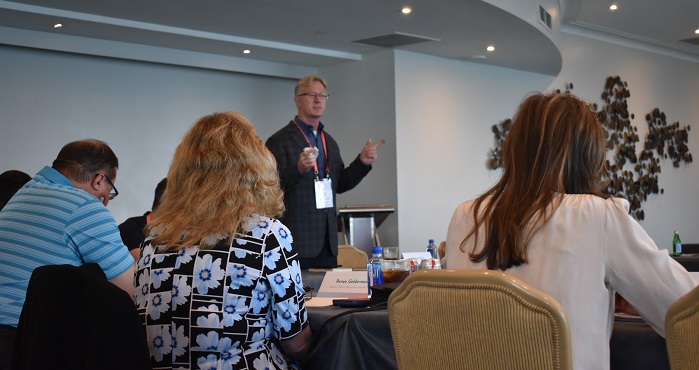
Cheryl, a patient of a large, multi-city health system, received a call from her insurance company. Looking at Cheryl’s medical history, you’ll find her Type 2 diabetes is well-managed with oral medications. She sees her endocrinologist every six months to monitor her blood glucose and lipid profiles.
One day she received a phone call from her health insurance provider indicating that she could save substantially on her insurance copay by switching one of her daily medications. In the same week, she received a phone call from the local pharmacist who said the insurance company had contacted him asking he suggest changing this same medication.
Cheryl was frustrated and confused by the conversations because she adheres to her doctor’s care plan, and her diabetes is well-maintained. At each appointment, the endocrinologist indicates there is no reason to change any of her medications.
So, at her next appointment with this doctor, she mentioned both phone calls. After discussing the suggestion, her doctor indicates he doesn’t see a need to change medications if the current medication is not creating a financial burden on Cheryl.
In the end, Cheryl is pleased with the care she receives from her doctor, trusting his judgment and knowledge of the care she needs. However, she’s frustrated by the insurance company’s persistence in wanting her to change medications (because this wasn’t the first time they called about it) and drawing her pharmacist into the conversation to attempt persuading her. She assumes the insurance company is motivated by the financial gains they can make with the pharmaceutical companies, which then trickles down to the local pharmacy.
And, her perception is her reality, correct or not: Her doctor cares about her health, and the insurance company cares about money.
Just like Cheryl’s reality, here are some perceptions that the general population may have that can be overcome through the intentional and conscientious approach to care.
Read Full Article.
Connect with us on LinkedIn, join our Active Network Program and look at the other areas of connection we offer.



















